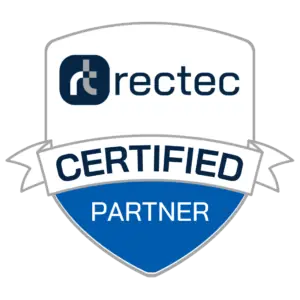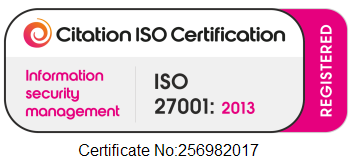In this blog, we discuss the many misconceptions that surround Applicant Tracking Systems by busting the seven biggest myths.
Applicant Tracking Software is all the Same
Although they may have familiarities, sharing a traditional purpose, Applicant Tracking Systems are not the same from every provider. Ultimately, because there is no ‘one shoe fits all’, as recruitment processes differ from company to company. At Recruitive, our ATS is not off the shelf, which means we can build it to the required solution for the client. That is why if you are enquiring about an ATS, you must ensure to do thorough research to find a provider that ticks all your boxes. This includes not only meeting your price point but by having all the necessary features you require. Most providers will offer a trial period or a demo to give you a better insight. We also have a free downloadable ATS Procurement Guide which provides all the necessary steps and advice to find the right provider.
An ATS Removes the Human Aspect
This misconception is understandable, and as technology continues to advance this concern only increases. But an ATS is not designed to replace this crucial part of recruitment, only enhance it. The idea of an ATS creating a cold and emotionless process only happens when not utilised efficiently. Let us take an automated rejection for instance. This does not have to be a cold email which states ‘sorry you were unsuccessful this time round’ despite getting to the final stages. The system allows you to create a bespoke branded template with your tone of voice. Instead, what it is there to do, is the mundane tasks, so you do not have to, giving you the time and resources to, in fact, increase the personalised experience to enhance candidate engagement. This is something we always encourage at Recruitive and believe should never be replaced. We discuss this further in a blog here.
Less Control Over Talent
There is a worry that you have less control over talent. For example, whether the ATS allows you any flexibility with talent deemed unsuitable. The filtering process is set-up to the level of control you desire. ‘Killer questions’ like, ‘are you eligible to work in the UK’ can be extremely useful to determine a candidate’s suitability before you commit to them. Those who are deemed unsuccessful will be put into a talent pool, not deleted, so you can utilise them should you want to. It does not replace your human discretion by still giving you the final say. You can then add further bespoke questions and tasks necessary for your shortlisting. Again, research is a must to ensure the ATS delivers the level of control you require.
Applicant Tracking Systems are Only to Be Utilised by Big Businesses
It makes sense that bigger businesses with a high percentage turnover should need to invest in a system to manage it all. Of course. But that’s only part of its purpose. Applicant Tracking Systems are designed to help small and big businesses alike. At Recruitive, we have aided and continue to aid many smaller organisations, including startups. A good ATS is designed to scale and allow for increased efficiency. A smaller business can seek the most cost-effective solution that still delivers results.
Recruitment Software is Time Consuming
It is actually designed to be quite the opposite. The initial concern is its time to set up and implement. Rightly so, if the focus was to be taken from the task in hand. An ATS is built to be a user-friendly system that’s easy to set up with minimal training needed to navigate. Then, intern, it will allow you to reduce your time to hire and provide further focus on candidate management and interaction. When searching for a provider, ensure you enquire about the implementation time, and the training available.
Recruitment Software Threatens Jobs
Applicant Tracking Systems should be looked at as an advantage rather than a threat. The idea of automation instantly causes concerns to the impact it will have on peoples jobs. A report by the World Economic Forum has predicted that technology will create 58 million jobs by 2022. Although there is no disputing that technology has and will continue to make an impact on all industries, it is not to be as threatened as once thought. And recruitment Software itself is not built to threaten jobs, only to make them easier.
You will Need to Change your Whole Recruitment Process
An ATS aims to make your current processes more time and cost-efficient, but despite that, we often get comfortable with our traditional methods, especially when they have served us well. So, changing those processes by bringing in software can be daunting. Like we said earlier, a good ATS is not off the shelf and should work to your specific requirements. It should not compromise your process, instead, help in configuring it, assisting you at the specific points you require. When you talk to a potential supplier, explain exactly what you want from the system. It should work to your specifications, not you to its.
If you need any help in finding the desired Applicant Tracking System, then make use of our ATS procurement guide available to download here for free. It covers all areas of the procuring process including, Stakeholders, Usability, Consulting, Cost, Support, References, Marketing, Technicalities, Design, RFP and more. Or get in touch! We would be happy to advise you on the best solution.
For more of our blogs, sign up to our newsletter below!




Comments are closed